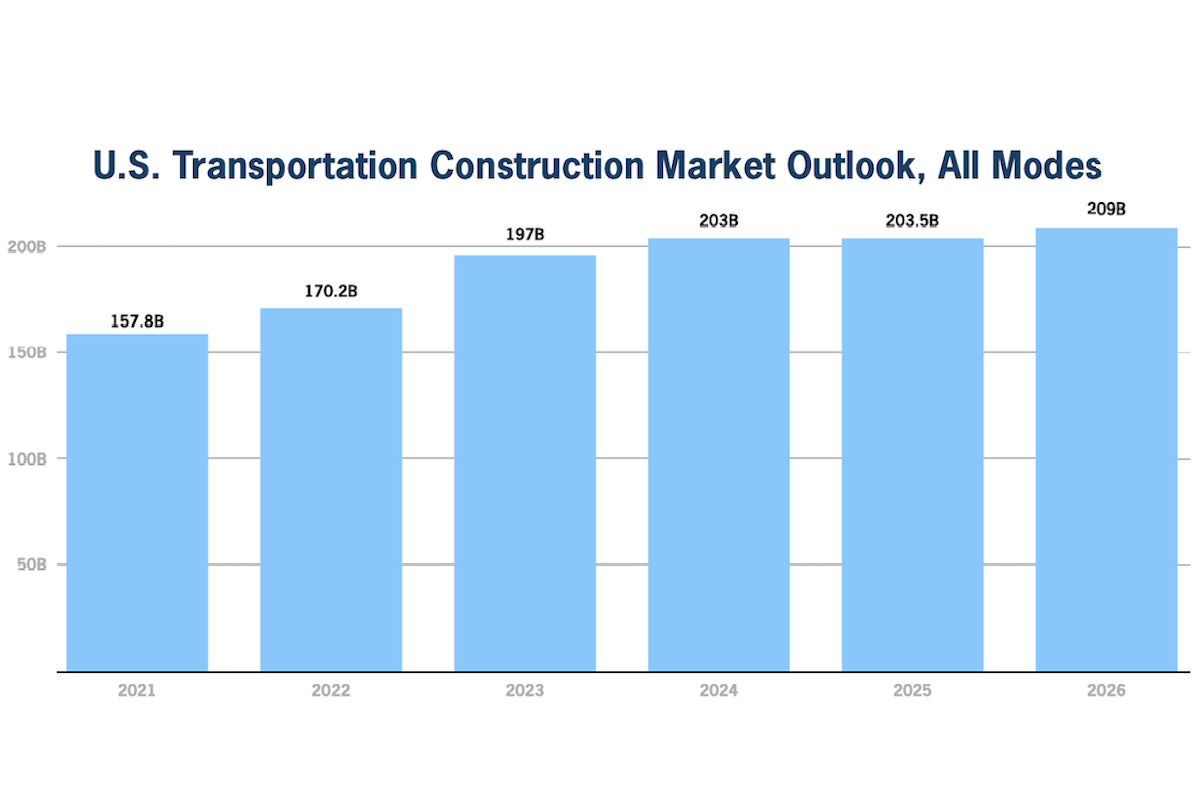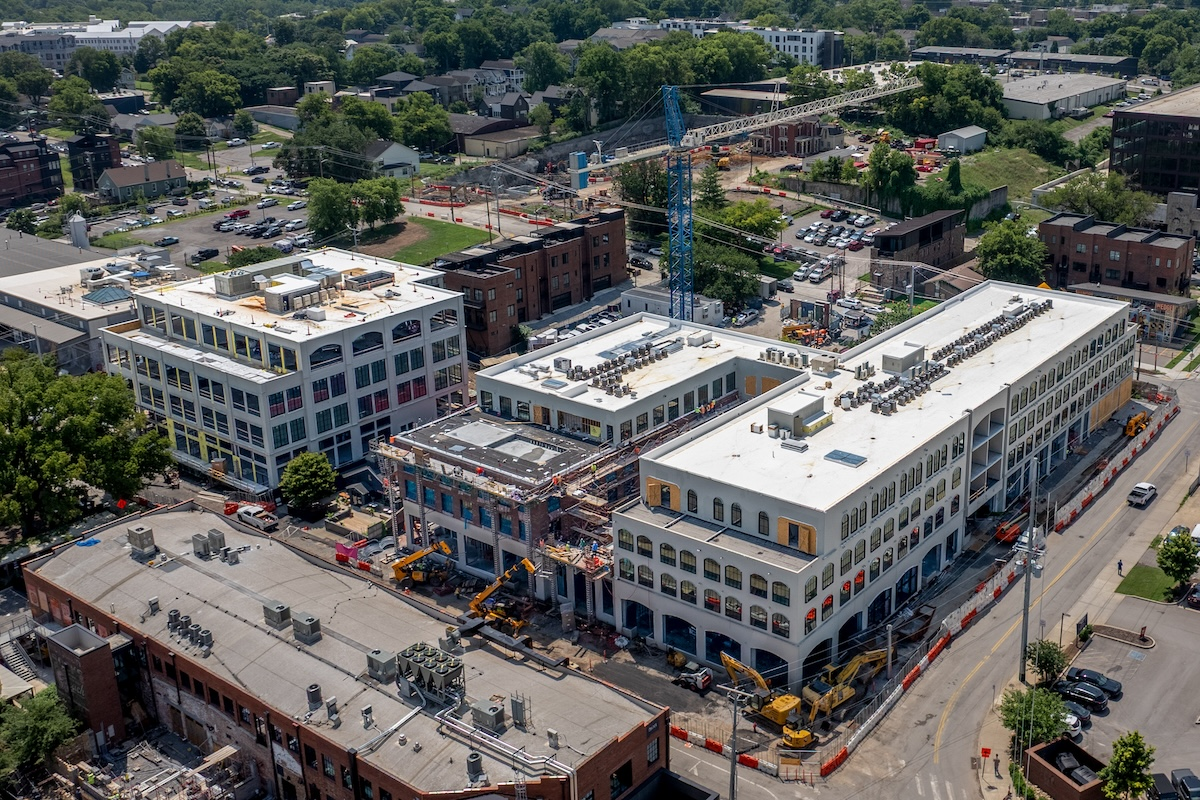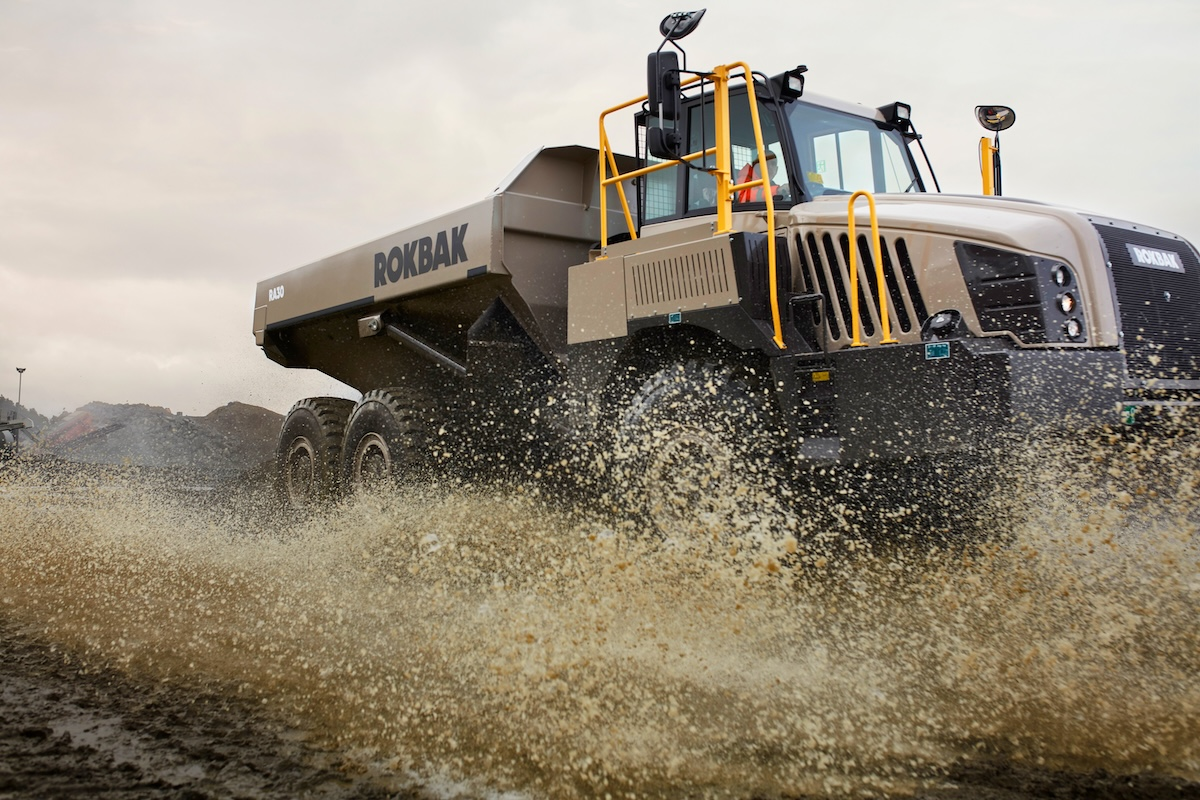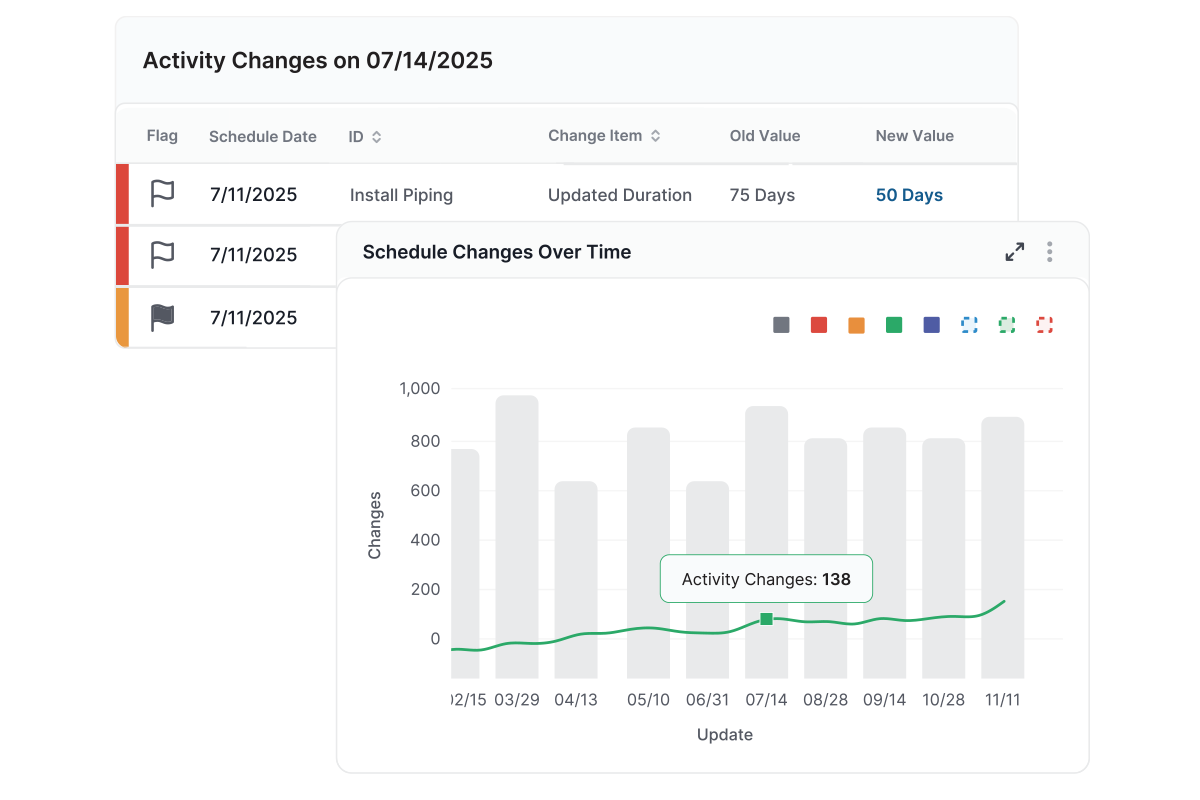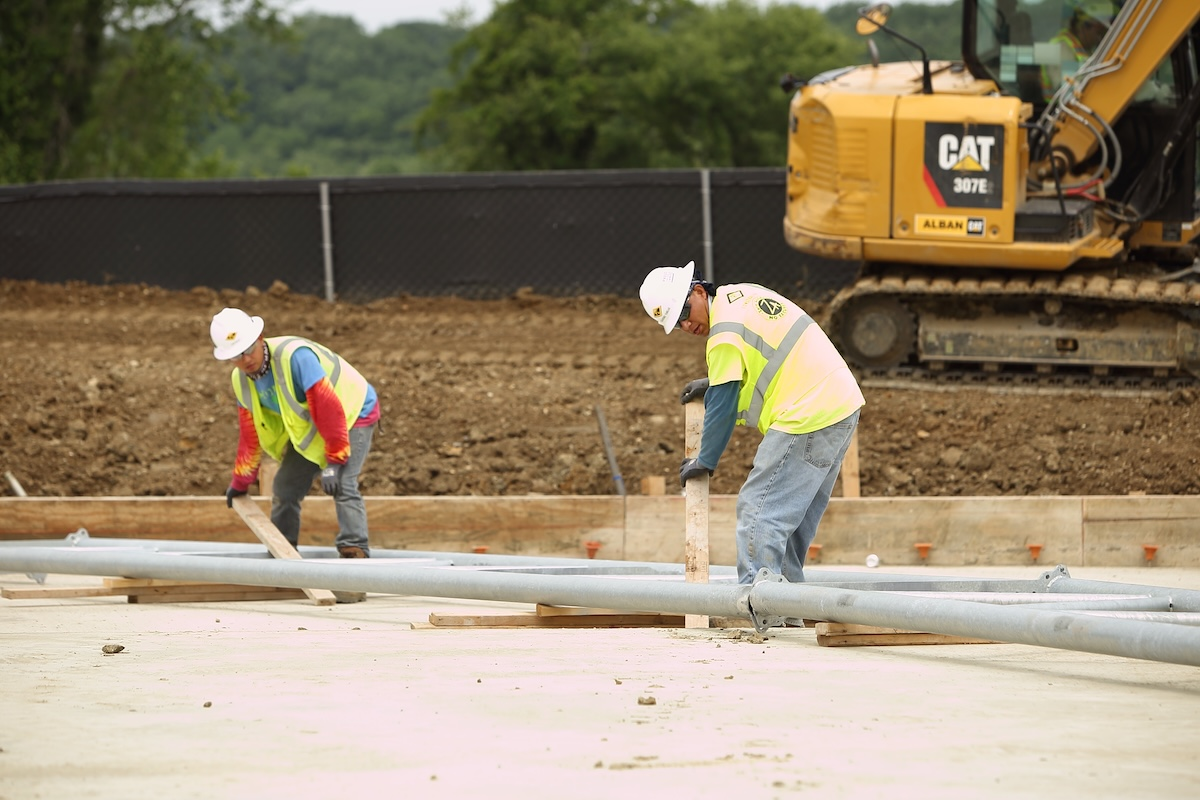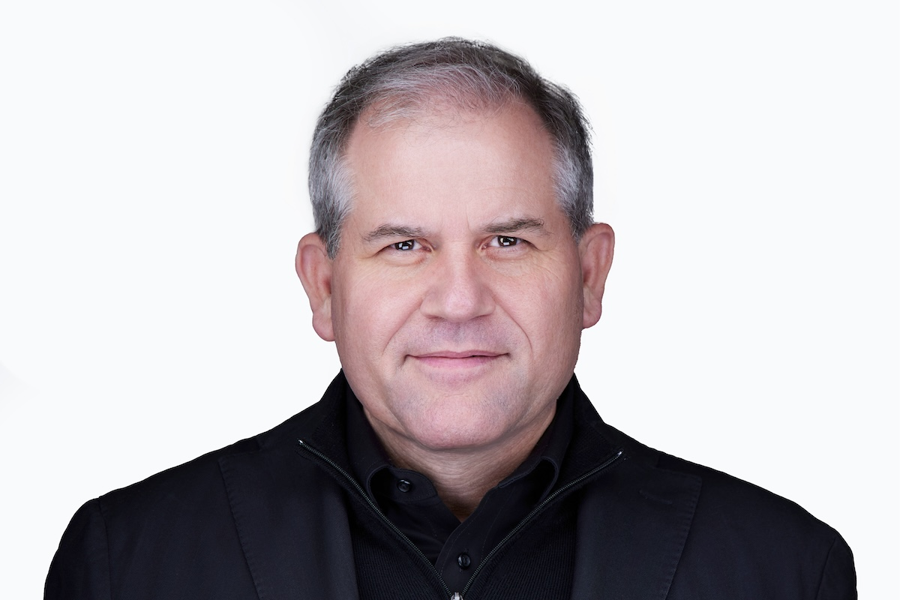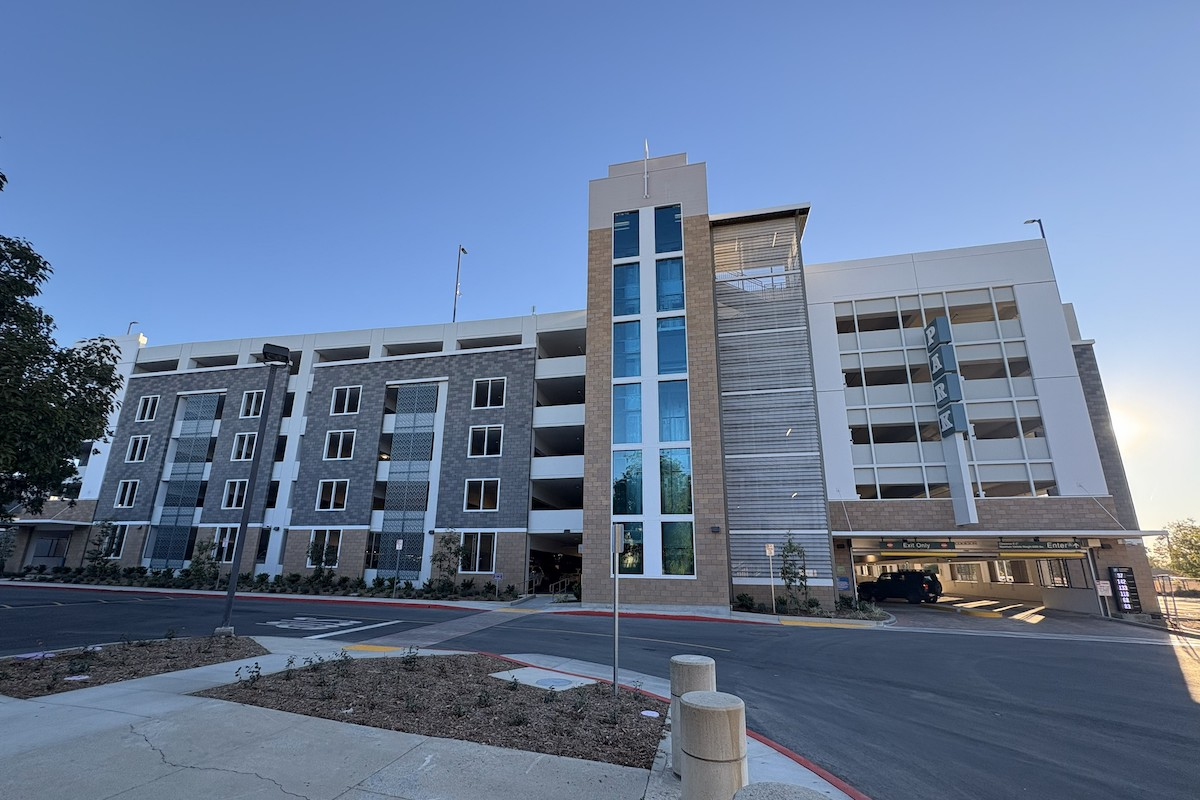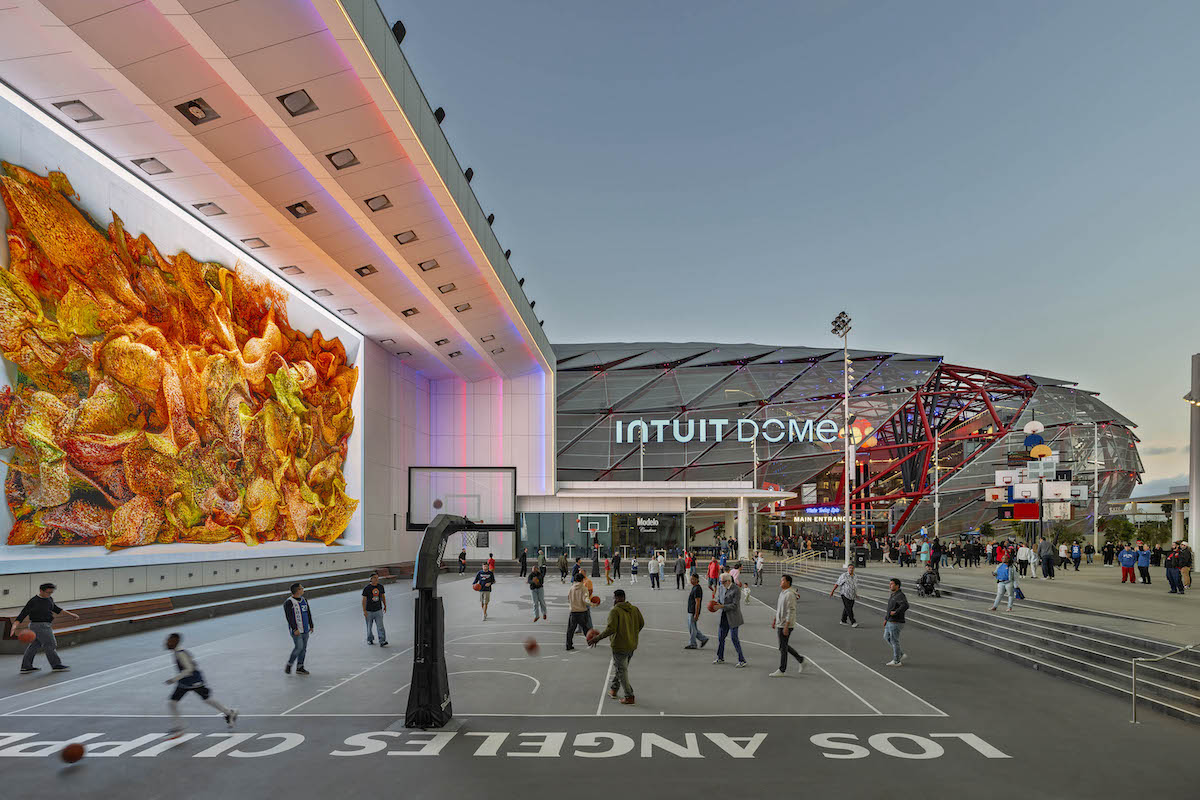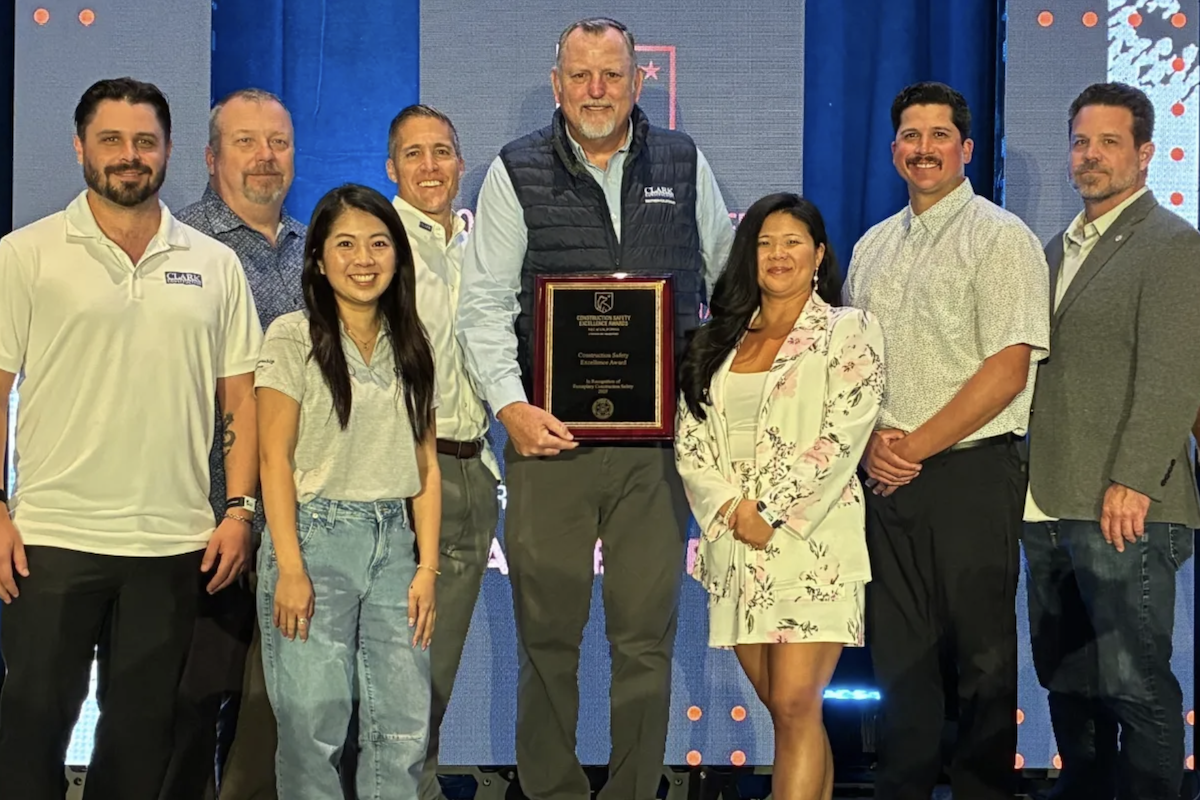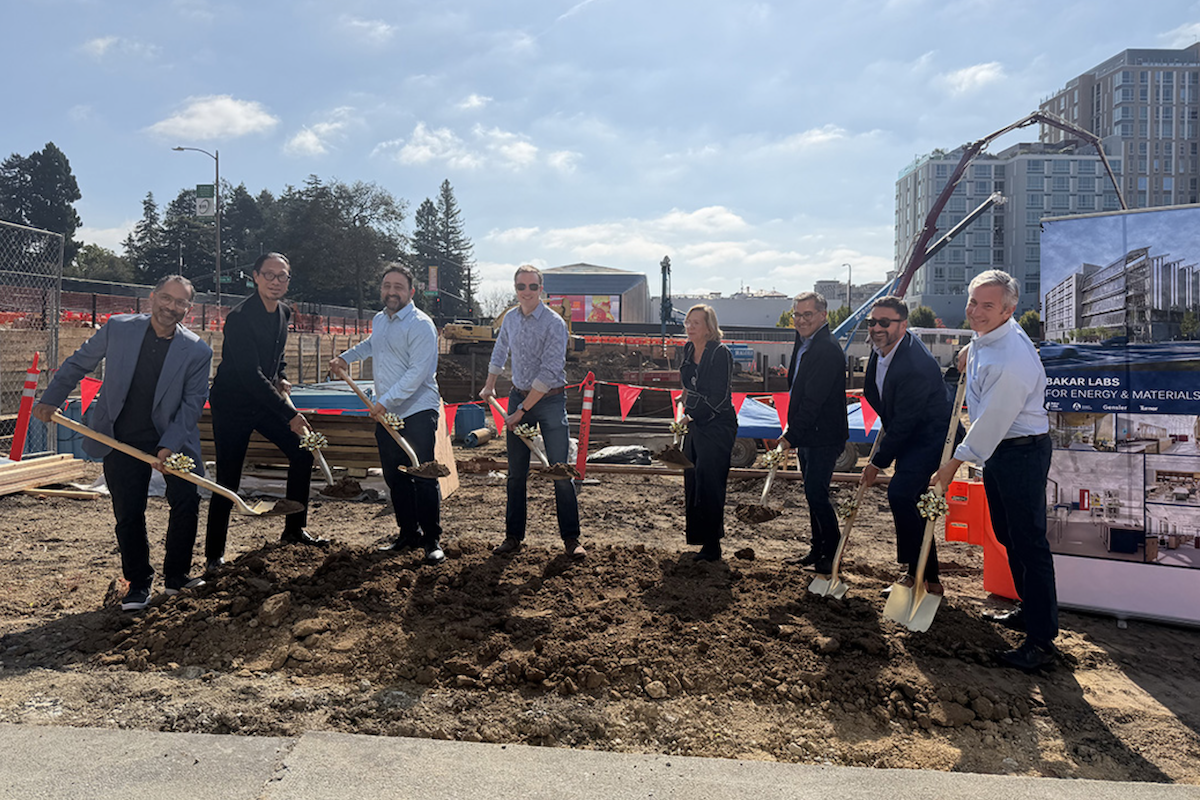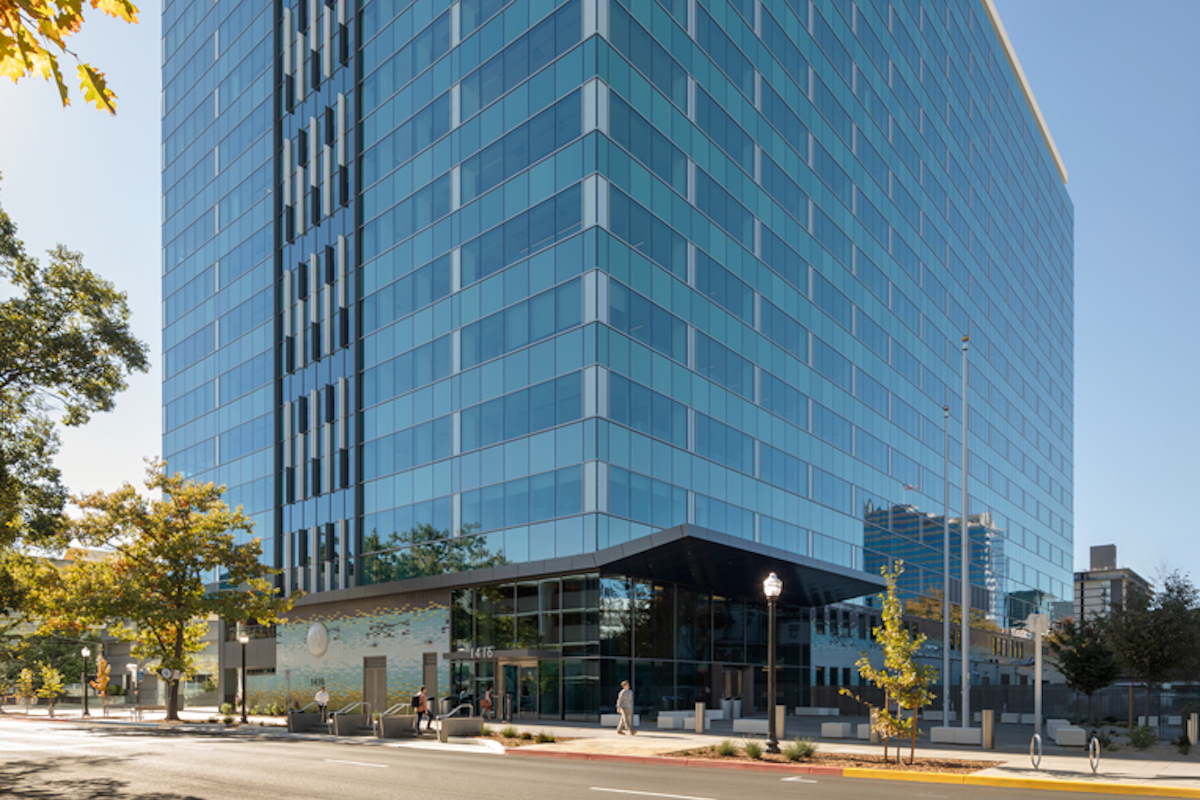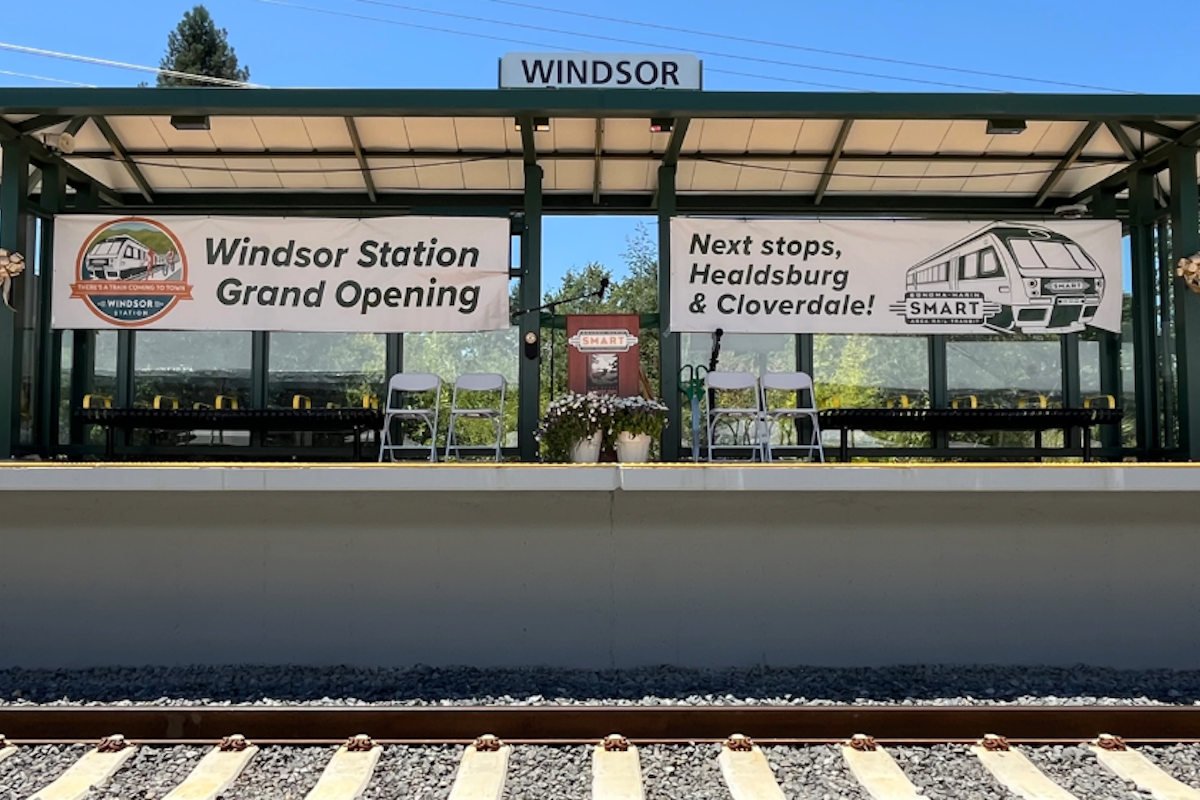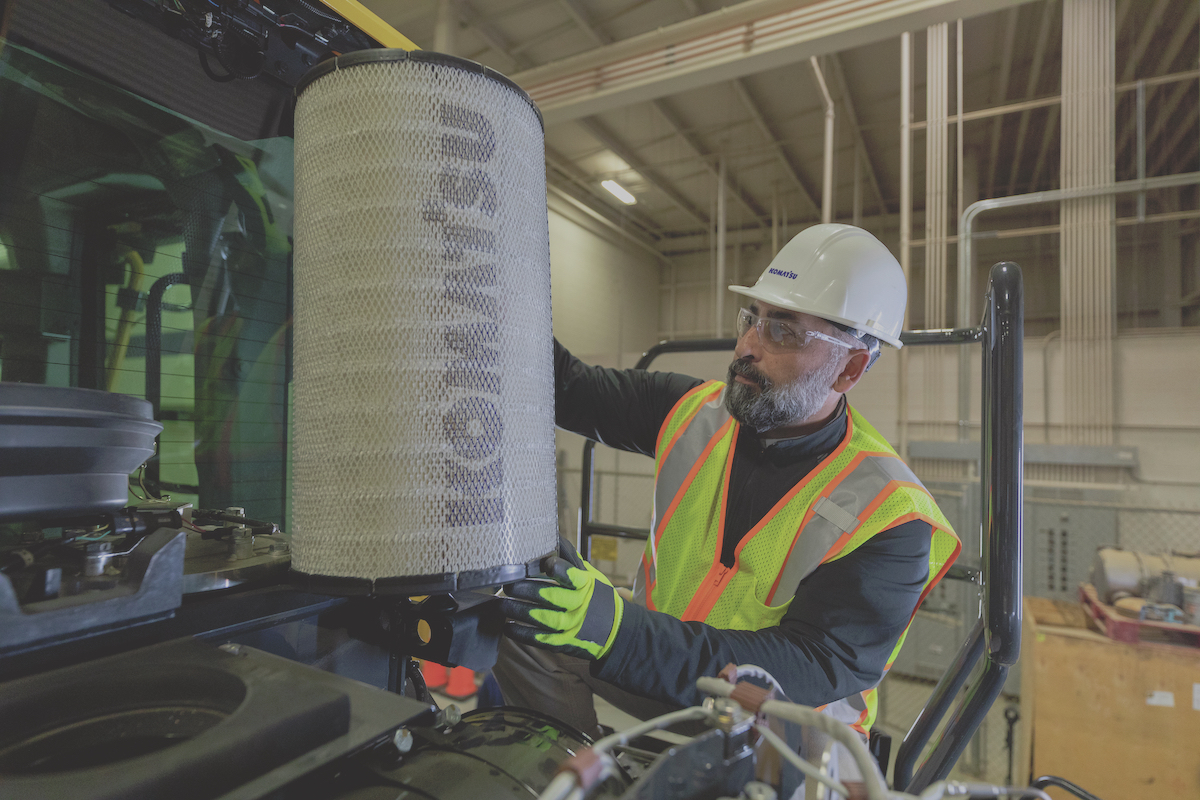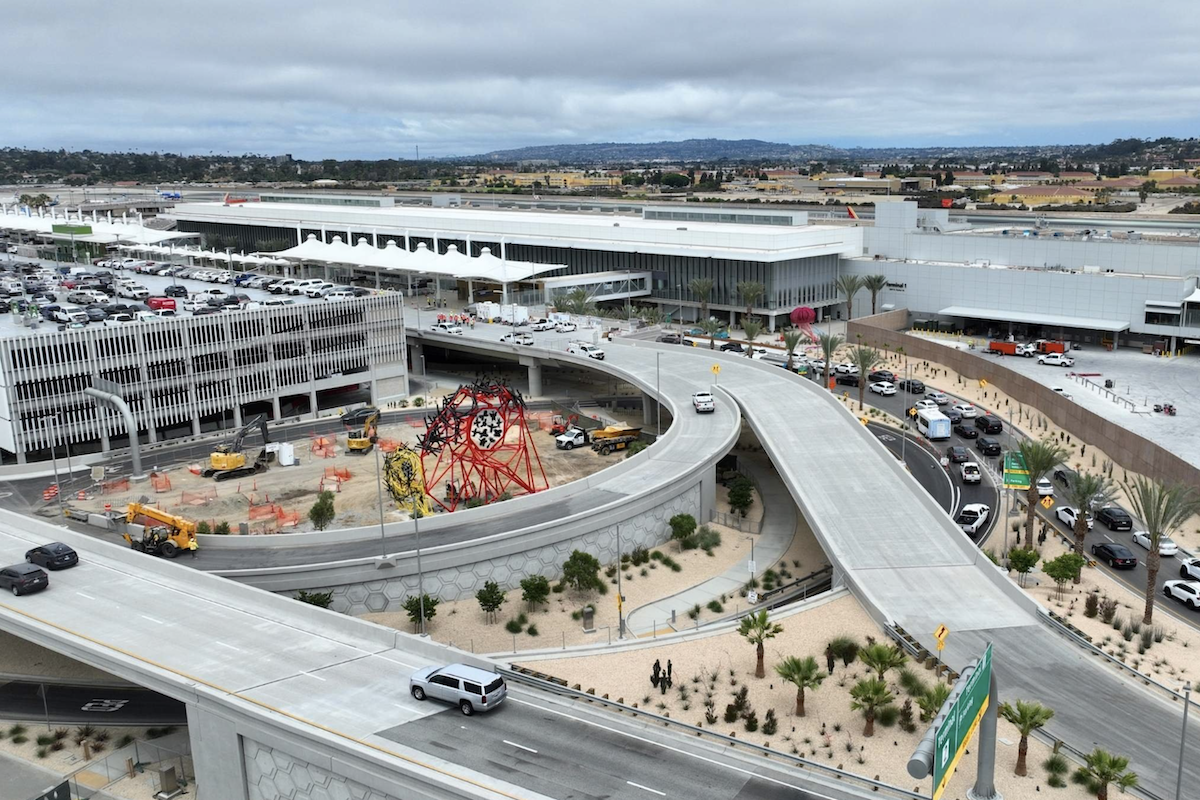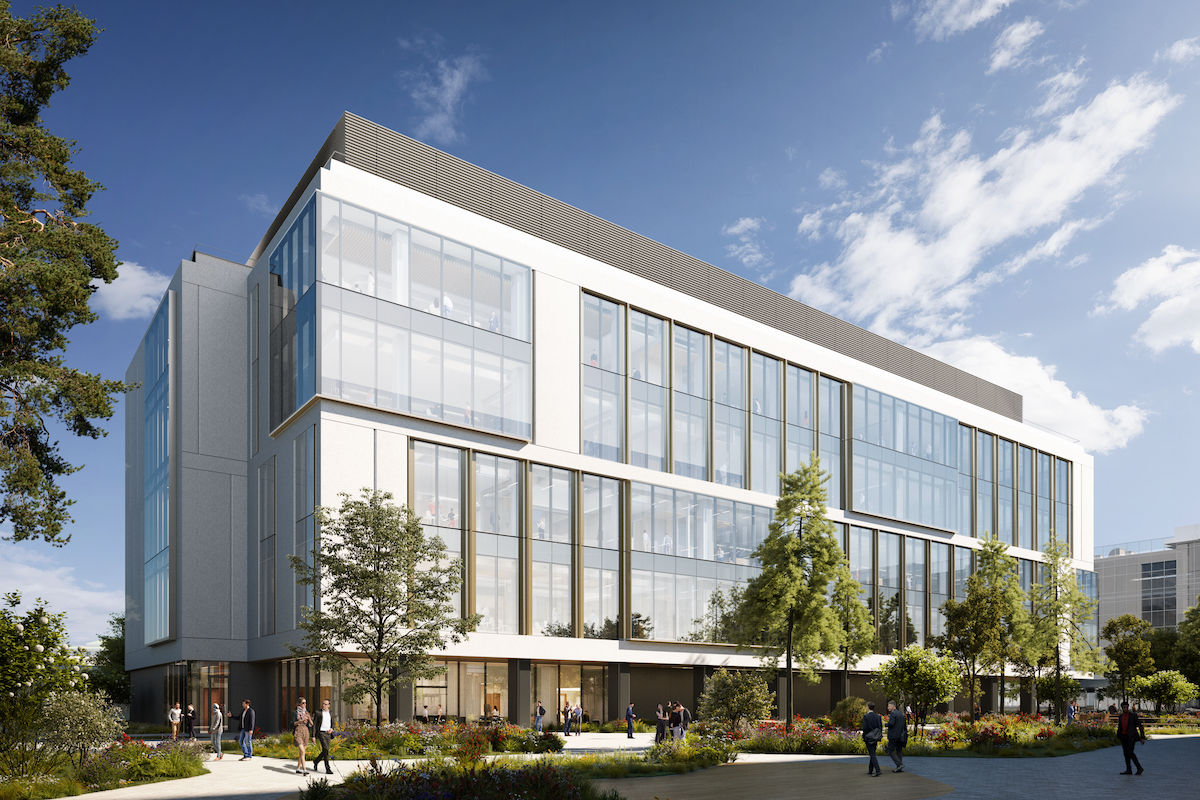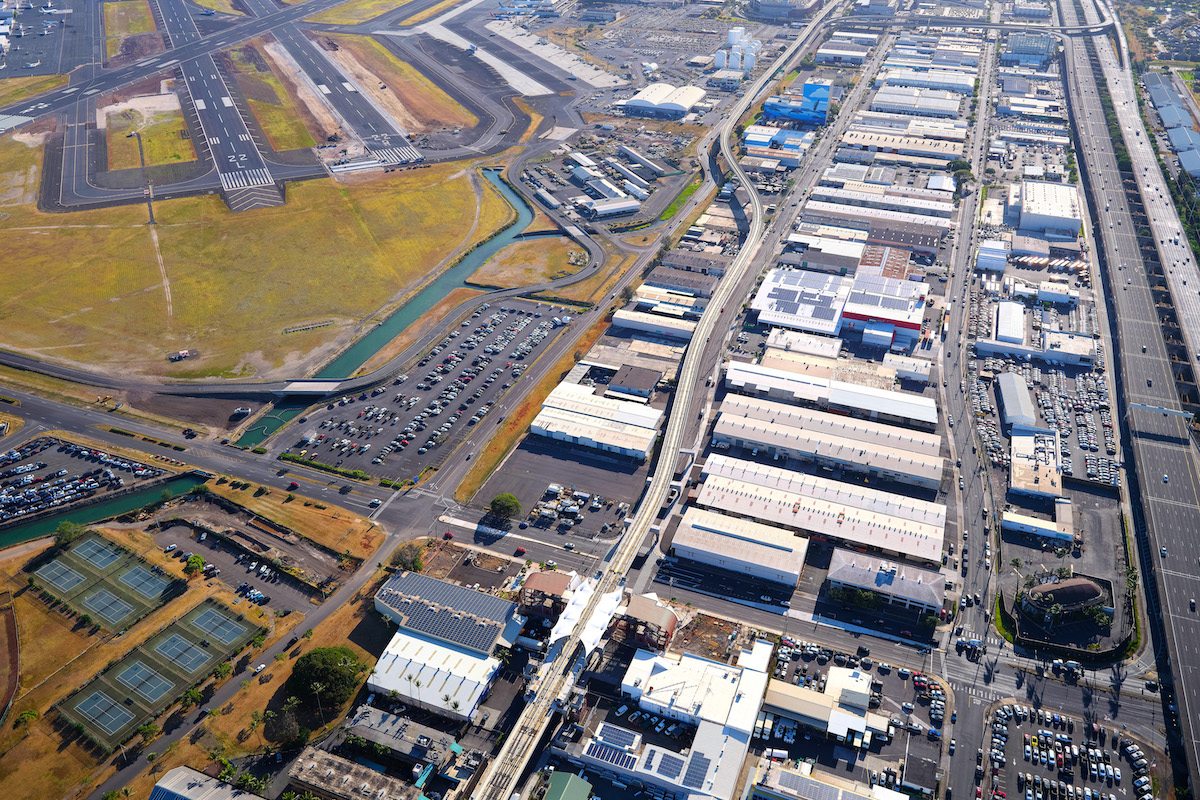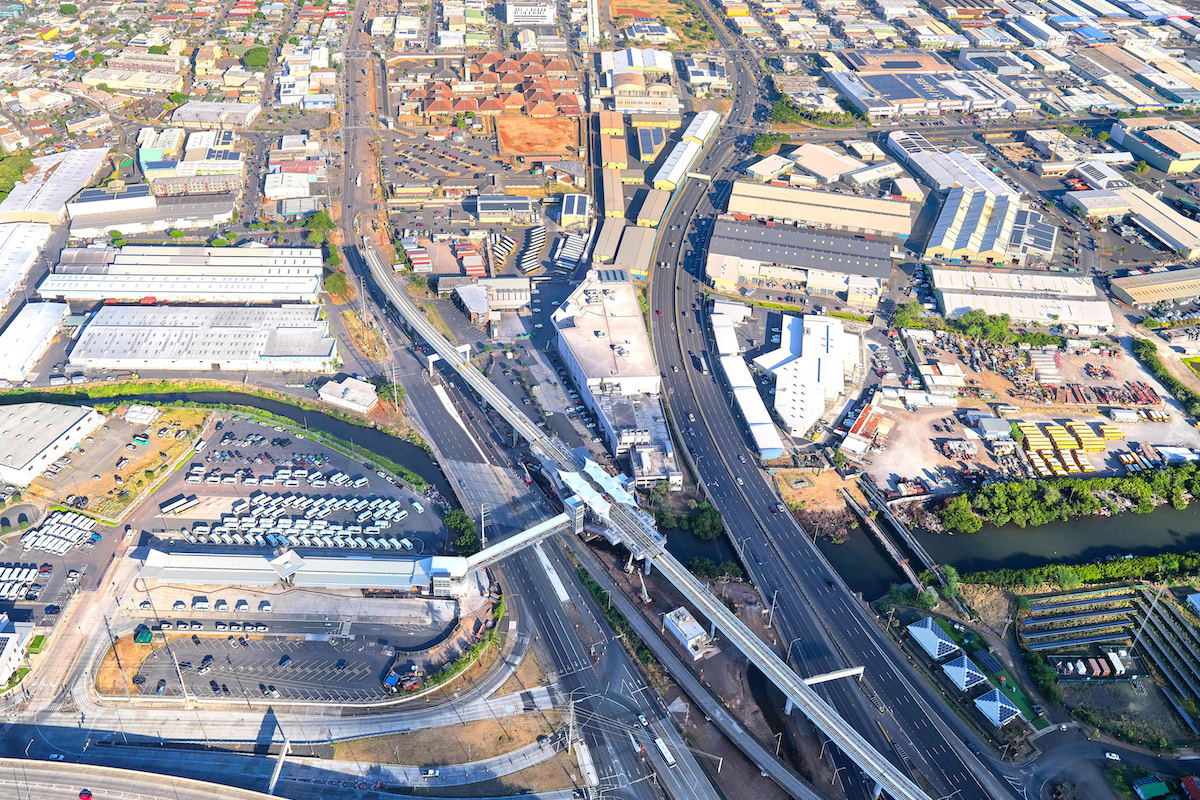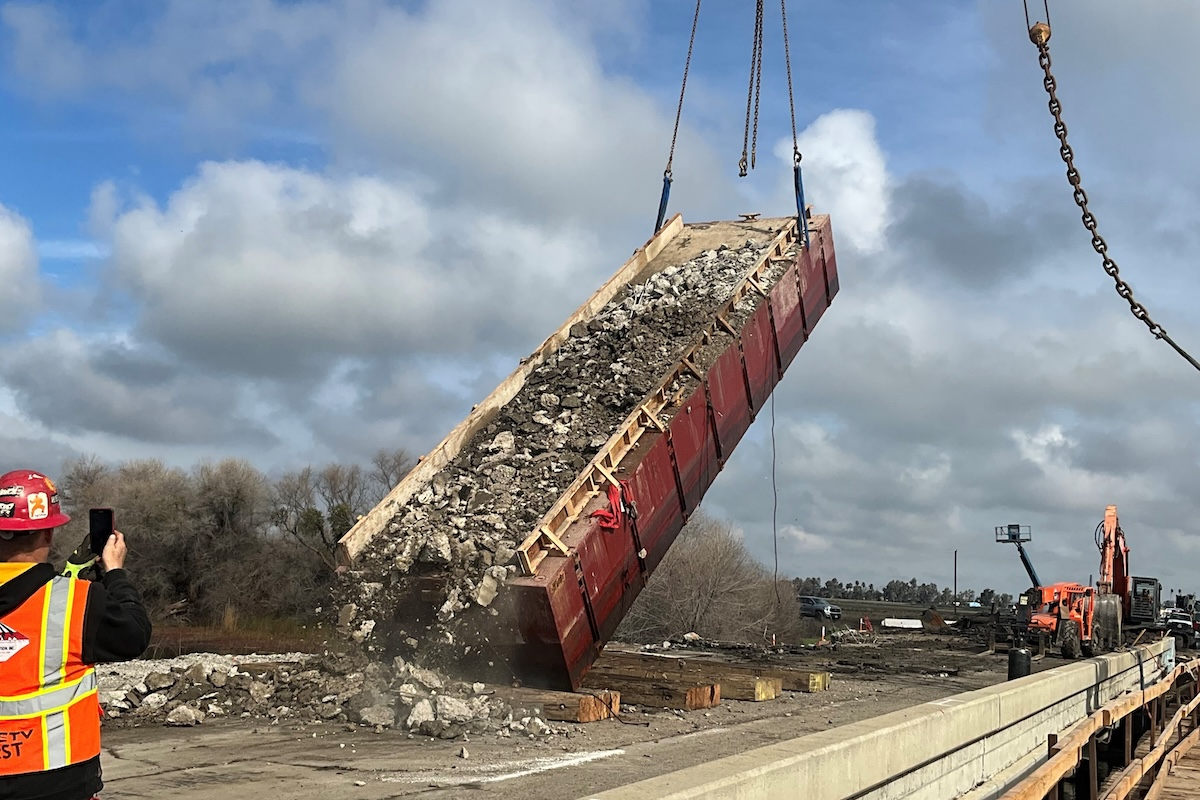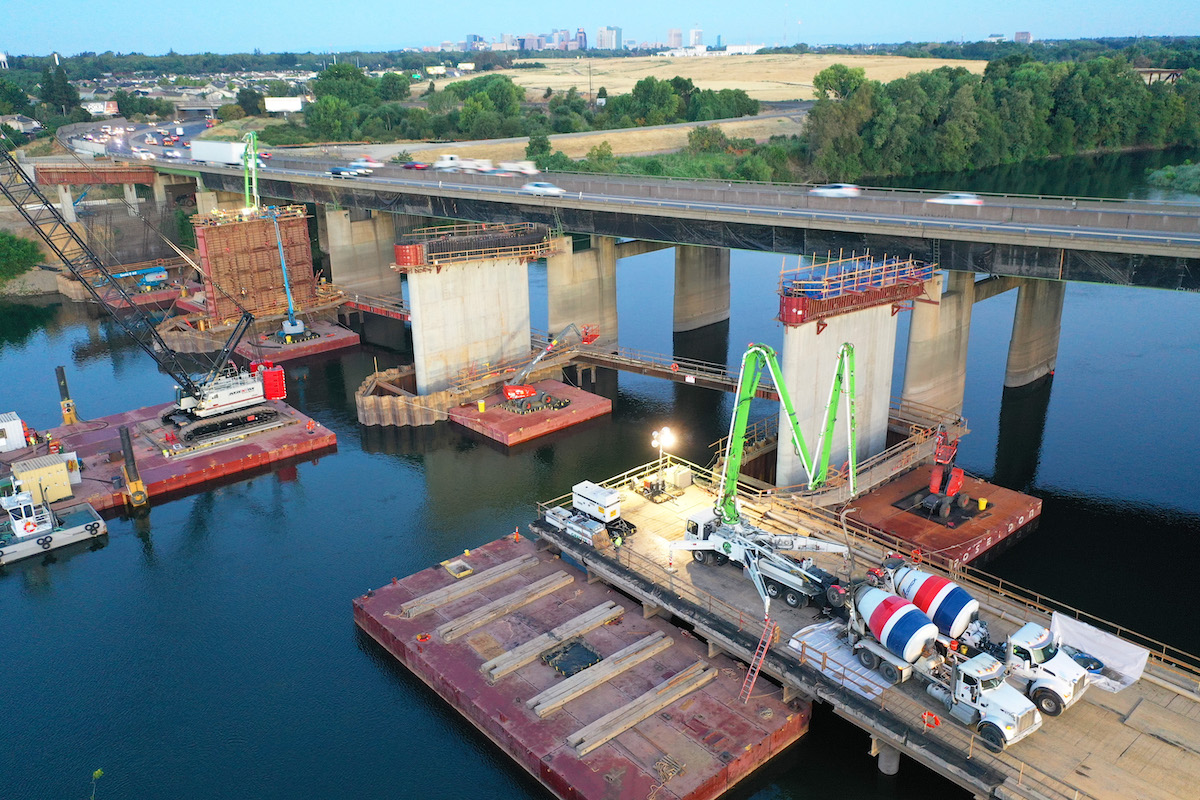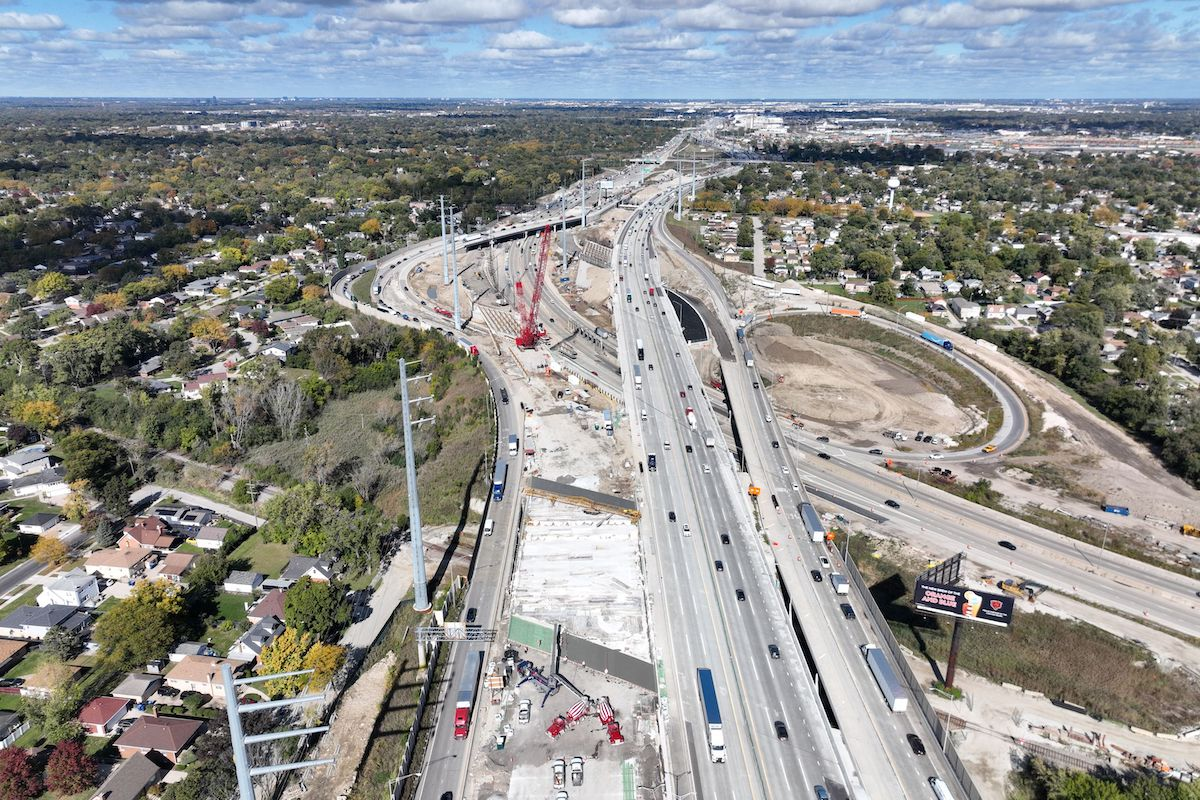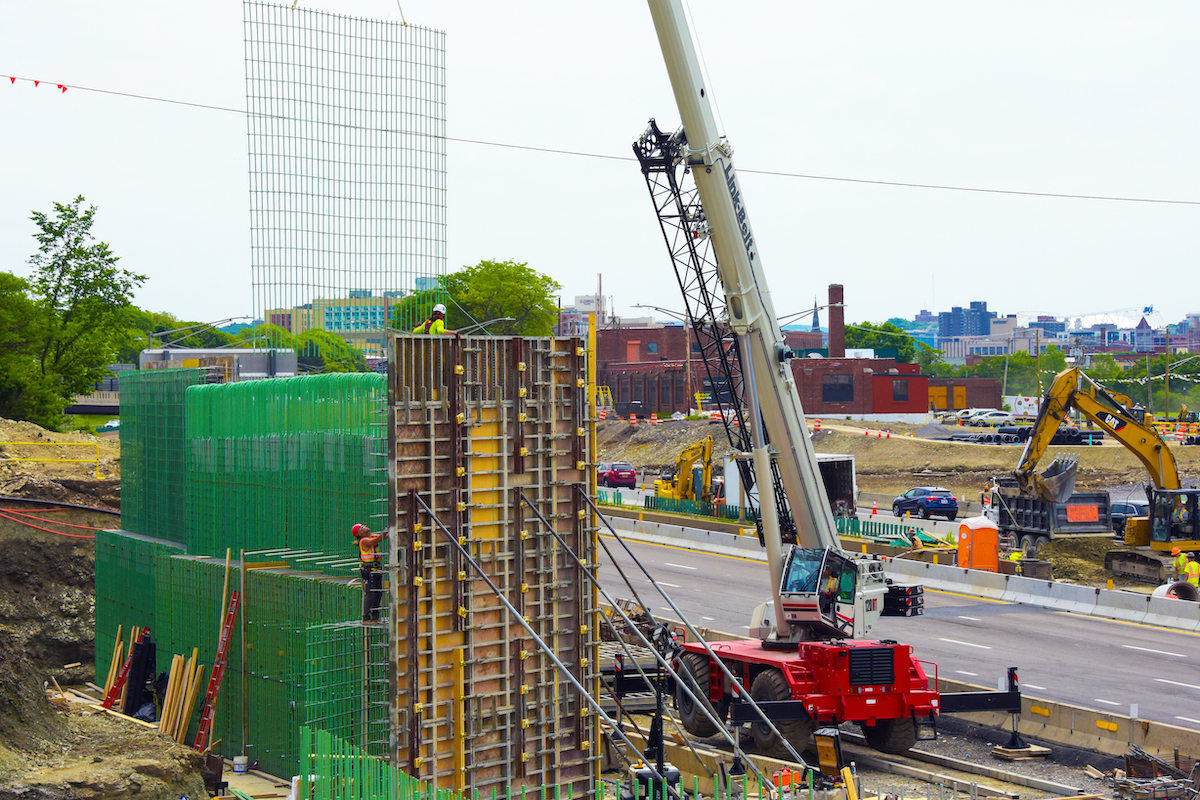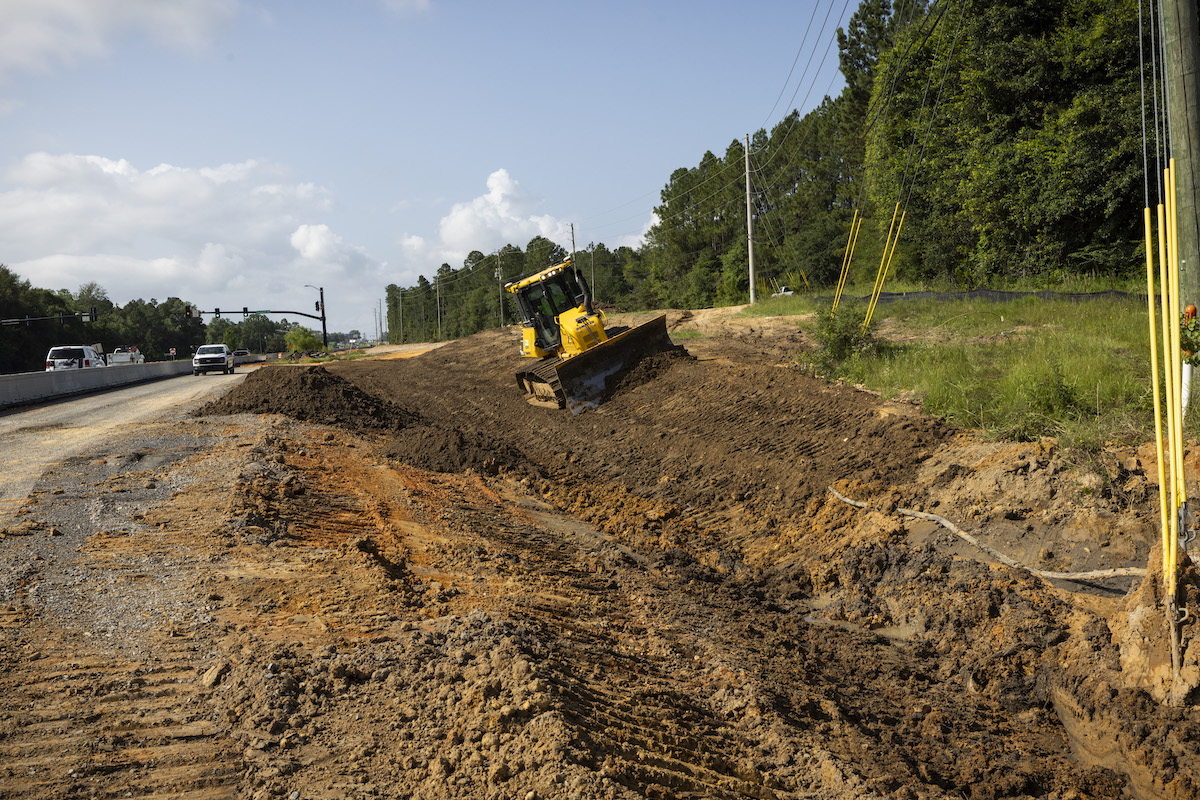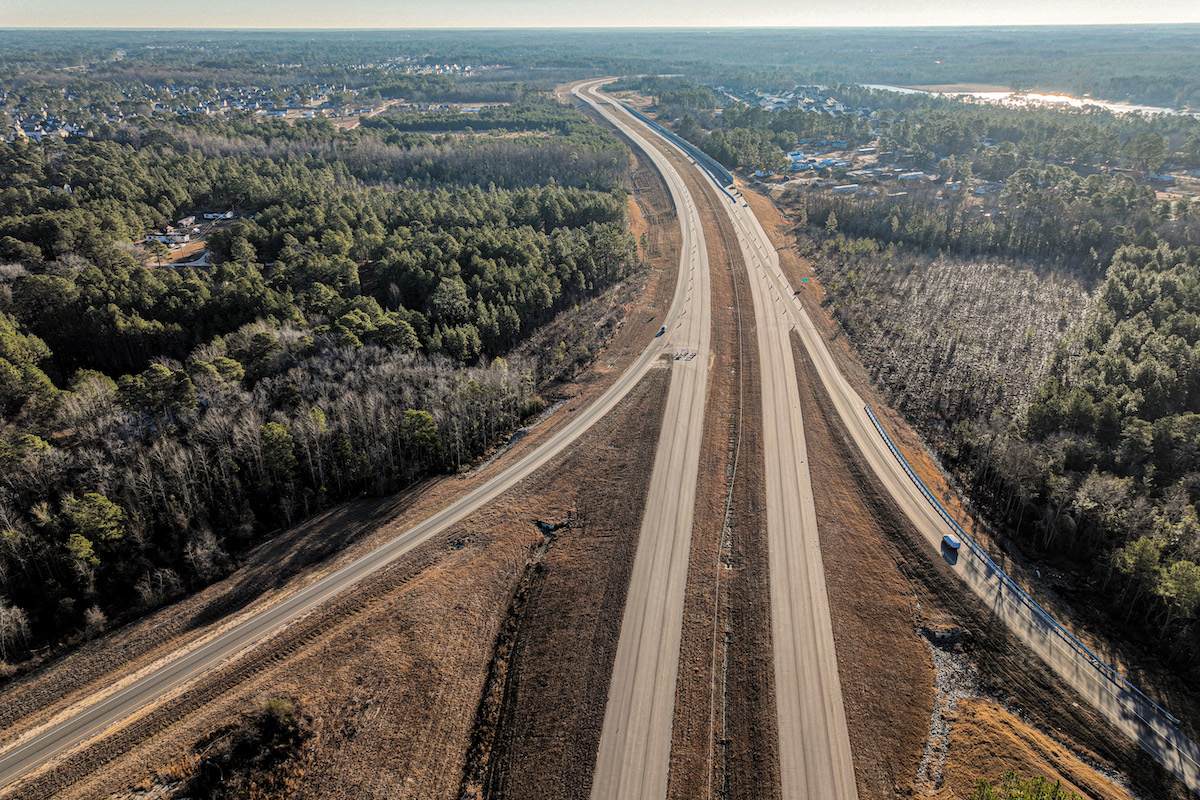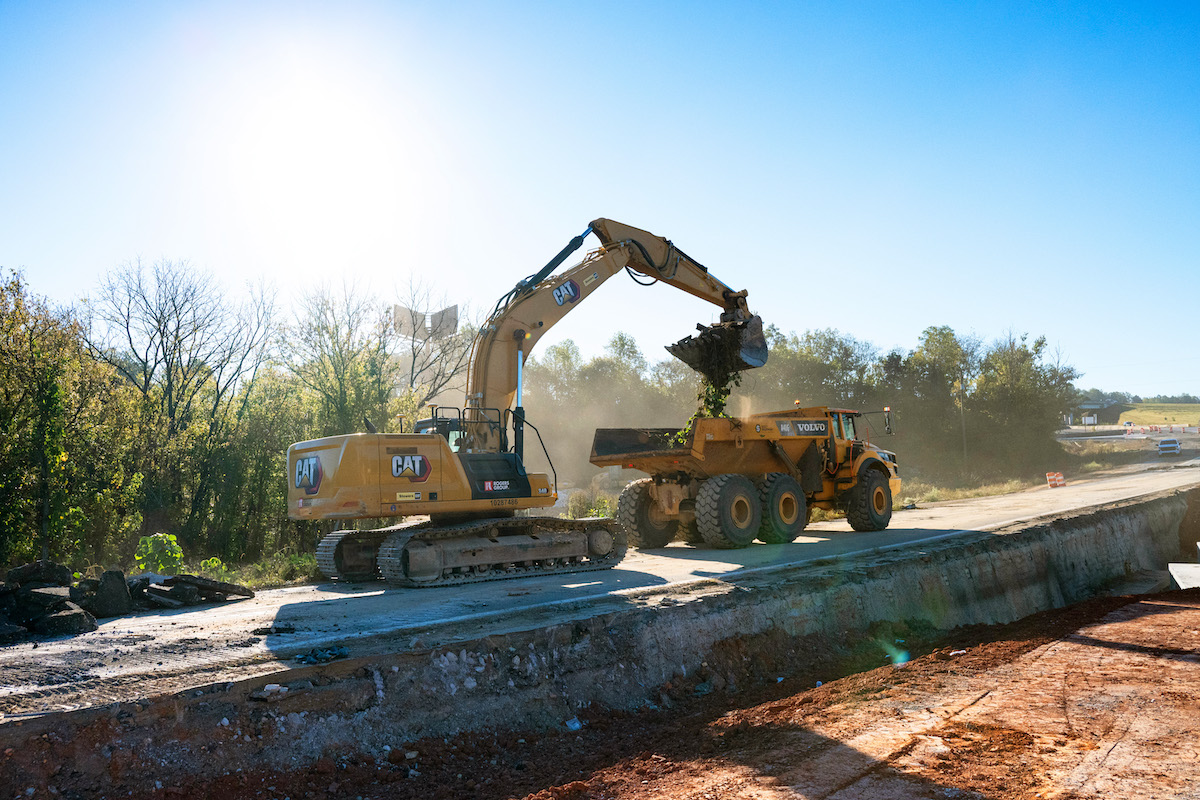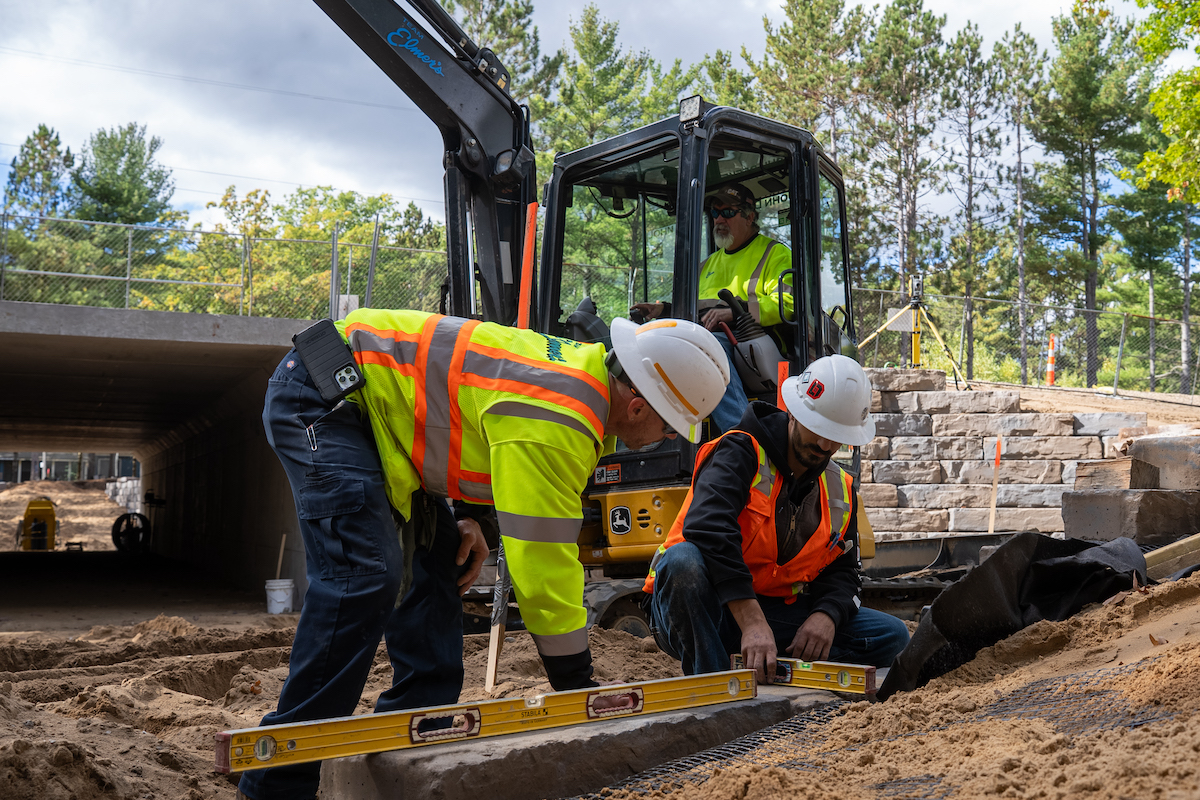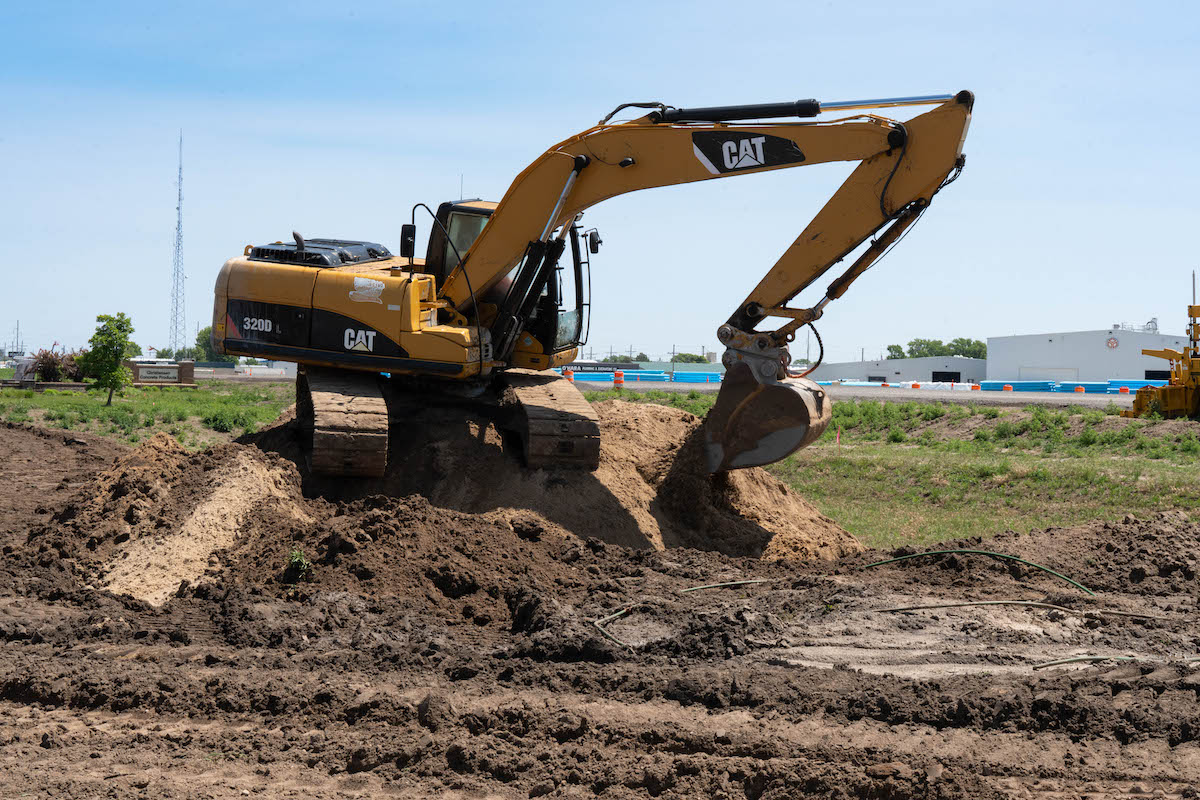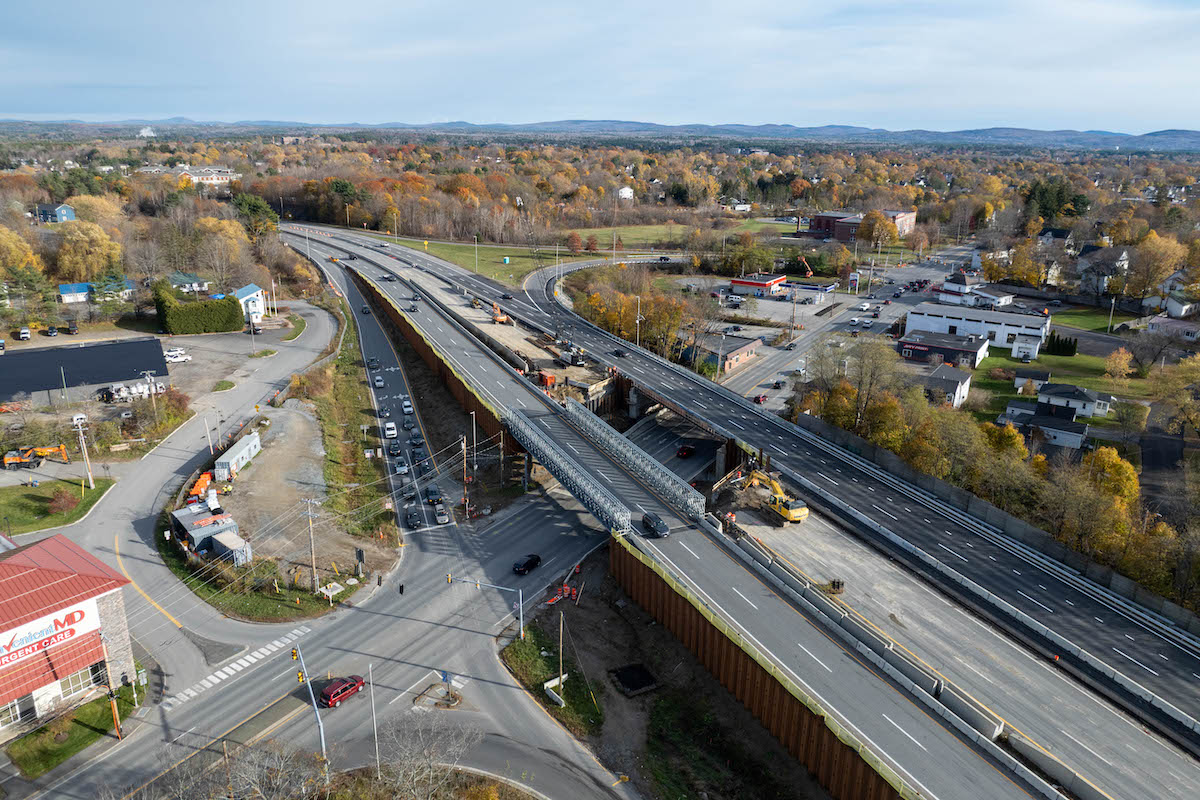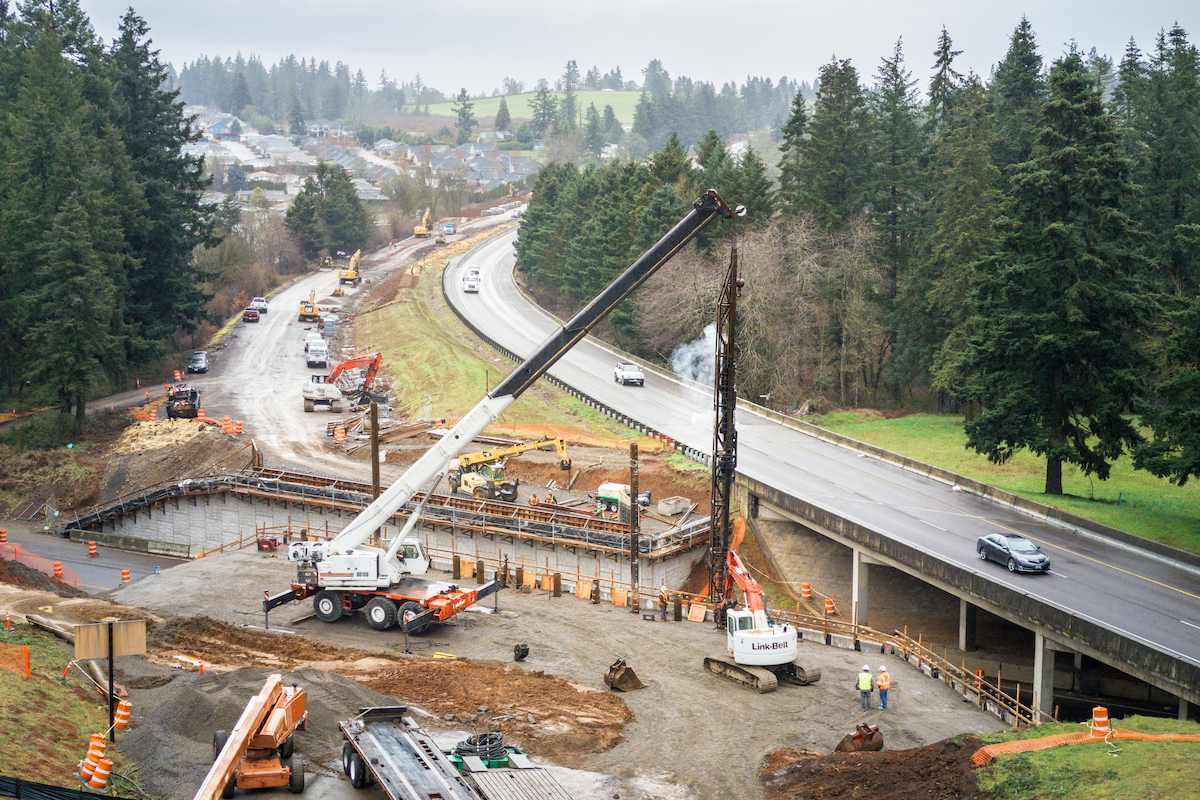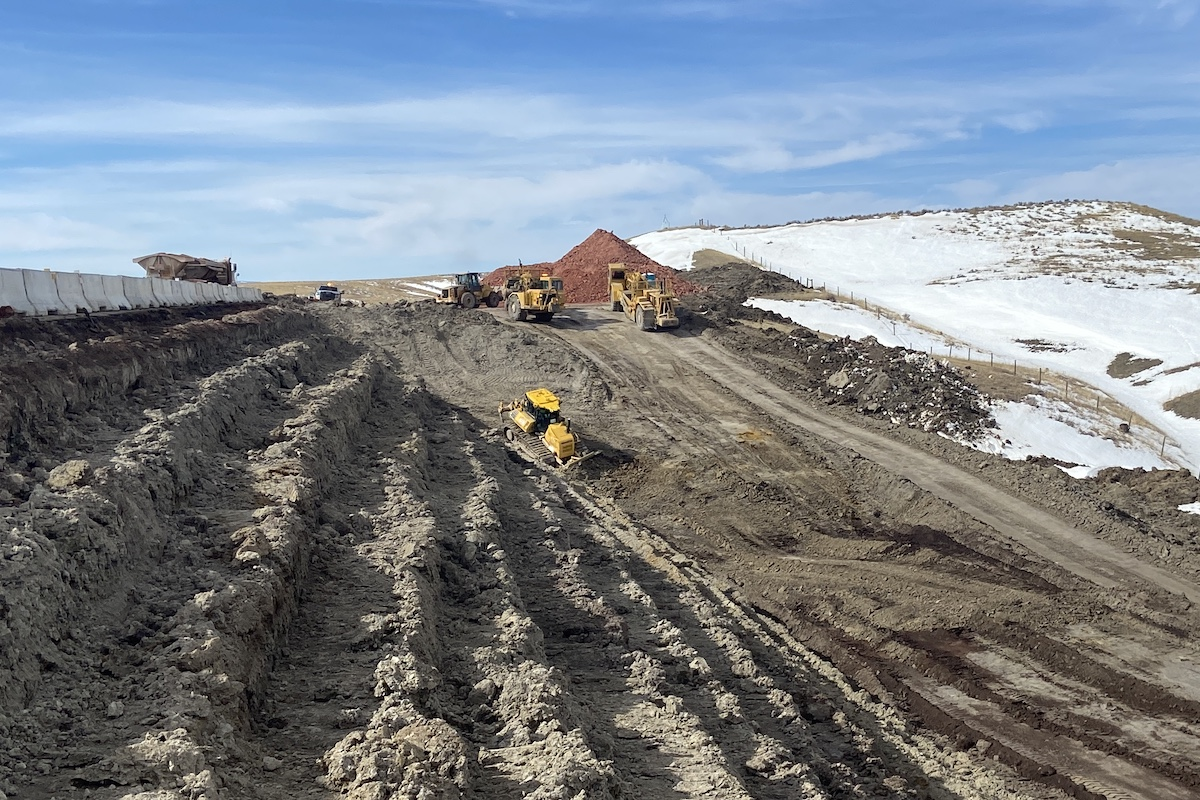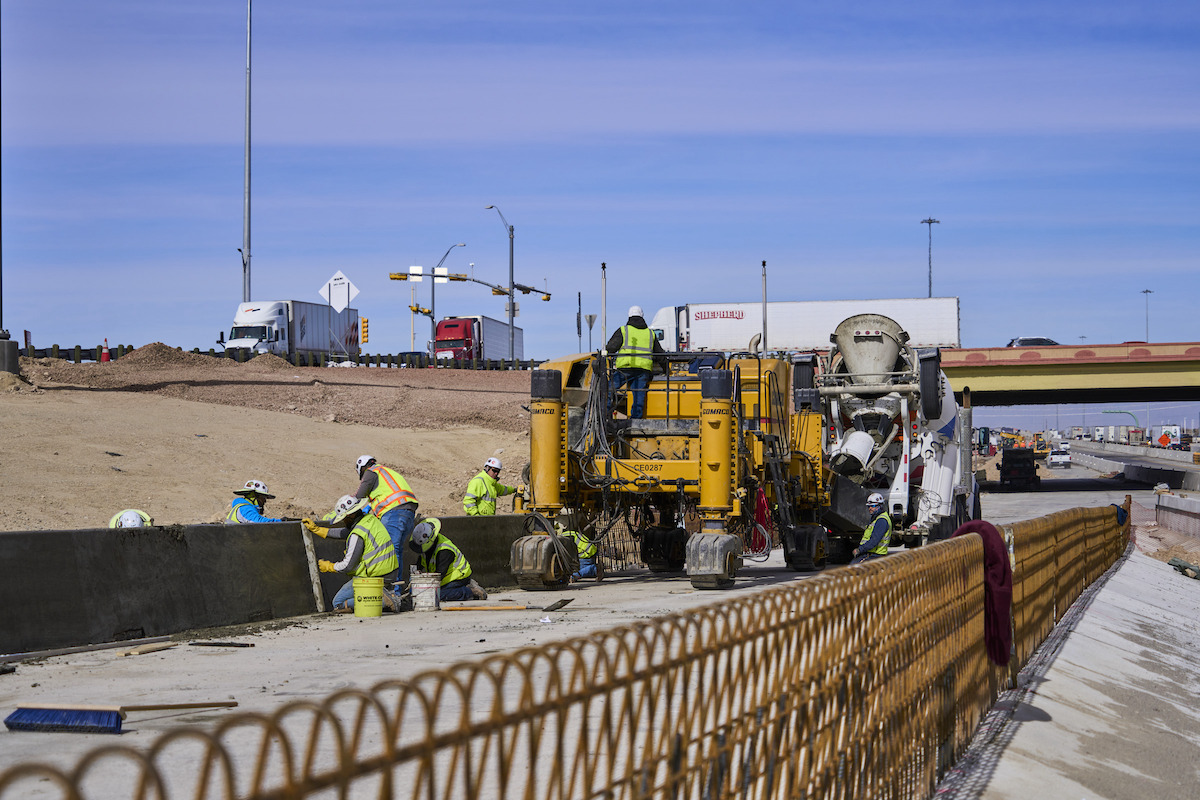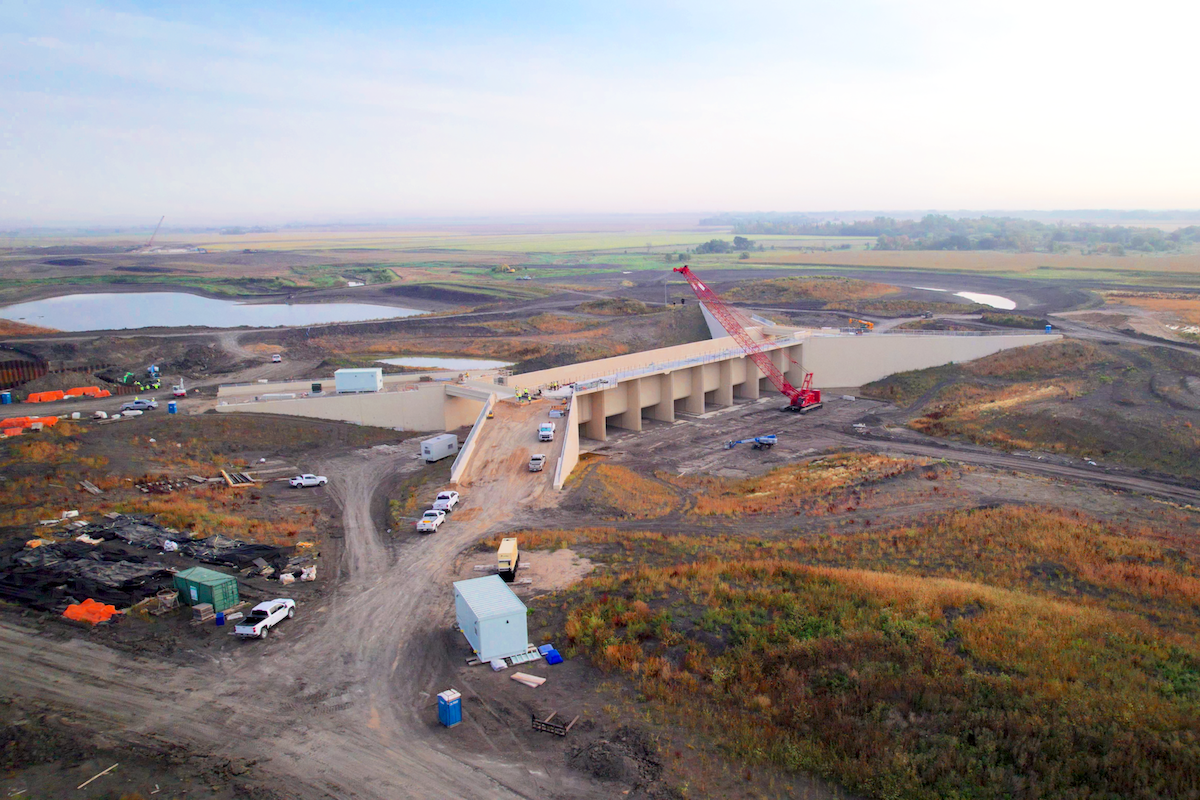HORNBROOK, CA — Stantec has spearheaded the restoration design process for five priority fish-bearing tributaries of the Klamath River in northern California and southern Oregon as part of the largest dam removal and river restoration project in U.S. history. Stantec is a subcontractor of Resource Environmental Solutions (RES), which is overseeing the restoration activities to recover the Klamath River.
Last summer, the last of four dams was removed from the Klamath River, thus reopening more than 400 miles of historical habitat for migratory salmon, steelhead trout, Pacific lamprey, and other native fish. Removing the dams and restoring the river has been a longtime goal for tribal communities, anglers, and other regional conservation organizations. About 263 miles long, the Klamath River and its tributaries were once home to the third-largest salmon population in the West. However, the four dams and lack of habitat led salmon populations to crash. In 2016, the Klamath Hydroelectric Settlement Agreement (KHSA) was reached to remove the dams, and demolition began in 2023.
Klamath River Renewal Corporation (KRRC) is a private, independent nonprofit formed by the signatories of the KHSA settlement agreement. The KRRC selected RES to lead the restoration effort following dam removal and collaborate with local Indigenous groups on the restoration.
The Karuk, Yurok, Shasta, Klamath, and Modoc people have lived alongside the Klamath River and subsisted on its fisheries since time immemorial. Salmon remains a critical cultural and subsistence resource to the Indigenous people of the Klamath River to this day.
With the dams now gone, RES and Stantec have shifted focus to the restoration of five priority tributaries: Beaver Creek, Jenny Creek, Spencer Creek, Camp Creek, and Scotch Creek. Some of the creeks’ original channels have been covered by water from dam reservoirs for more than 100 years.
Michael Adams, who is leading Stantec’s design and restoration efforts, said Stantec’s work will reconnect the tributaries to the Klamath River and reconfigure the channels to allow for upstream fish passage. A key goal is restoring habitat for fish spawning and rearing young. About 18,000 linear feet of tributary stream channel will be configured and restored — about 3.4 miles in total.

| Your local Trimble Construction Division dealer |
|---|
| SITECH Southwest |
| SITECH West |
The restoration also involves removing about 150,000 cubic yards of sediment that settled on the bottom of the reservoirs created by the four dams. With the dams and reservoirs gone, the tributaries are already cutting new channels through the sediment. The sediment will be removed from the stream corridors and relocated within the former reservoir footprints.
“It is awe-inspiring to be part of this historic project and see long-lost stream channels come to life and start supporting migratory fish again,” Adams said.
Stantec has completed design for the project and will be on site during the summer and fall while RES completes construction.
In early 2024, RES began the extensive revegetation of land once inundated by the Klamath River dams. It is estimated that restoration will span several years. RES and the Shasta Indian Nation recently announced an agreement to jointly restore more than 1,000 acres that will be returned to tribal ownership. In total, RES is undertaking revegetation of 2,200 acres of formerly submerged ground.

| Your local Gomaco dealer |
|---|
| Terry Equipment |
“We are honored to work with the tribes and other authorities to restore one of the most culturally important rivers in the West,” said Dave Coffman, who leads the restoration program for RES. “We’re thrilled, too, to have Stantec as our design partner to restore the Klamath’s tributaries that are so critical for successful fisheries restoration.”




